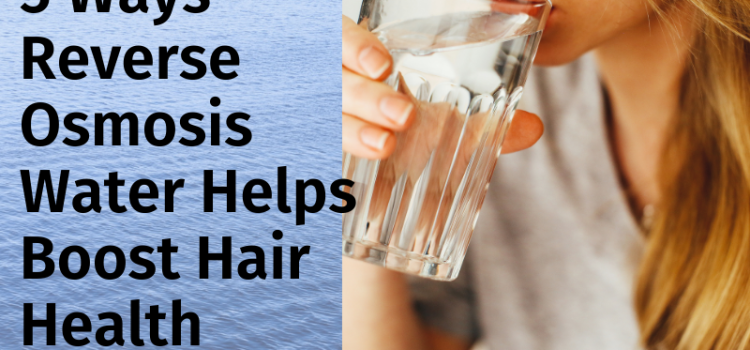If you own an Industrial RO, chances are you have a pretreatment system for softening the water before processing. Also, you must already have chemicals to help maintain your machinery for longer lifespan and efficiency. But how good are these chemicals for your equipment after all?
Pre-testing chemicals for compatibility with your Industrial RO system is a topic often overlooked while setting up a treatment facility. It is true reverse osmosis removes almost every contaminant but the process is not compatible with every chemical in the book. Though it does remove them, they are harmful to the system if left unchecked and can result in extremely decreased efficiency. Some of the chemicals that are used for pretesting of the water are as follows.
- Anti-scalants:
These are chemicals responsible to protect the RO from scaling and spoiling. These must be tested for 2 things. First is microbiological growth. Anti-scalants if kept at a place for too long can develop certain bacteria that enter the water system in our house, factory or institution. This makes the dilution tank not fit for use. The chemical must also be tested for compatibility with membranes. Not every antiscalant is membrane friendly. They are supposed to remove the scaling on the surface but if found to be incompatible, can result in erosion of the membrane. - Cleaning chemicals:
Chemicals are introduced into the system when they are used to pre-filter the water, in order to avoid unnecessary troubles in your industrial RO that can be caused by impurities. But each chemical in itself reacts very differently with each other as well as the system. Therefore pre-testing becomes essential before any chemical is used in the system. The tests that can help determine the kind of effect a chemical can have on the system are broadly two. Soak test procedure and cleaning test procedure. While you compare the results of the test, you ideally must have only a flux loss of 5 percent and absolutely no increase in the salt passage over the baseline parameters. - Biocides:
These are a very important step in pre-treatment of water. Biocides ensure elimination of almost every water-borne diseases. these however if used in large amounts can cause the membrane to lose its permeability or salt rejection. But that does not mean we should put a full stop to the use of these chemicals that protect us from diseases. The key is to use them mindfully when in RO. A continuous operation test should be done extensively before it is used for everyday use. A biocide will get a green light if there is no change in the salt passage and normal permeable flow in 1,000 hours of its testing.
Anti-scalants, biocides, and cleaning chemicals are the most commonly used chemicals for pretreatment of the water. The testing parameters and procedures are pretty much straightforward. They must have a regular and normalized membrane flow and salt passage without any effect on the performance of the RO system. These procedures are essential in treatment facilities where water is supplied and provided to more than thousands of families each day.
Author’s Bio:
AMPAC USA is a leading manufacturer of advanced reverse osmosis water treatment systems. For over 28 years the company has been providing its customers and clients around the world solutions to their water treatment problems. With years of an impressive track record, Ampac strives to develop solutions to make reverse osmosis systems, advanced for improved quality and cost efficiency.










